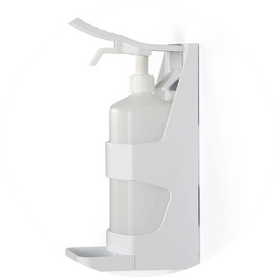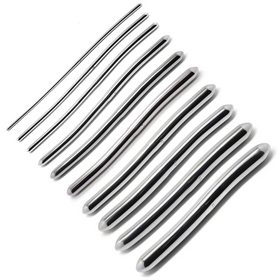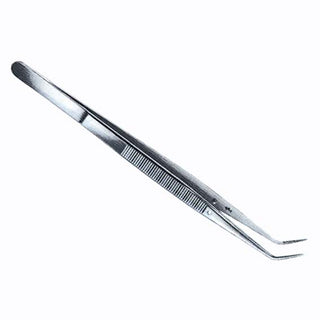Matrix bands and retainers play a vital role in modern restorative dentistry. While often overlooked by patients, they are indispensable for dentists when placing fillings, especially in posterior teeth. These tools help shape and support composite and amalgam restorations, ensuring optimal contour and contact points.
At Medilab Marketplace, we offer a growing selection of dental products, including essential instruments like matrix bands and retainers and other key accessories that support precise clinical outcomes. In this guide, we explore how matrix systems work, how to choose the right type for your practice, and why quality matters for both dentist and patient.
What Are Matrix Bands and Retainers Used For?
Matrix systems act as a temporary wall for tooth structure when part of the original wall has been lost to decay or removal. The matrix band shapes the restoration and prevents overhangs, while the retainer holds the band securely in place around the tooth.
Dentists commonly use matrix bands and retainers in:
-
Class II cavity restorations
-
Posterior interproximal restorations
-
Temporary or emergency fillings
-
Situations where tooth anatomy must be rebuilt from one side
Without a proper matrix system, it becomes difficult to restore correct tooth form or maintain interproximal contact, which may affect flossing and food impaction over time.
Choosing the Right Matrix Band and Retainer System
Matrix bands are available in various shapes, thicknesses and materials. The most commonly used types include:
-
Tofflemire matrix bands: Stainless steel bands used with a retainer, ideal for routine amalgam restorations
-
Sectional matrix bands: Often paired with rings for Class II composite restorations
-
Pre-contoured bands: Designed to replicate natural tooth curves
-
Clear matrix bands: Used in anterior restorations where light curing is required
Retainers, such as the classic Tofflemire retainer, are still widely used in general dentistry. However, more practices are now adopting sectional systems for better contact and anatomical accuracy in composite fillings.
High-quality matrix bands resist crimping and distortion and are easier to position without compromising gingival tissue.
How Strips and Foils Support Contour and Polish
In addition to bands and retainers, strips and foils are used to refine contours and smooth restoration surfaces. These include:
-
Interproximal finishing strips: Abrasive-coated strips used to polish between teeth and remove excess composite
-
Mylar strips: Clear foils used in anterior composites for shaping and curing
-
Metallic contour strips: Useful for restoring small proximal surfaces
These tools support the overall restorative process by helping achieve precise margins and aesthetic finishes. They are particularly important when working on visible restorations or polishing after shaping with a matrix band.
Why Matrix Quality Affects Clinical Results
Using a substandard matrix system can lead to overhangs, open contacts or poor shaping. These issues may contribute to:
-
Recurrent decay due to plaque traps
-
Gingival inflammation from rough overhangs
-
Reduced function or flossing difficulty
According to the Australian Dental Association, best practice in restorative work includes use of quality matrix systems and finishing tools to promote long-term restoration success and patient satisfaction.
You can read more about clinical standards for restorative techniques in the ADA's restorative dentistry guidelines.
Matrix bands and retainers may be small tools, but they hold a big responsibility in restorative dentistry. Whether you are placing amalgam in a molar or building a composite on a bicuspid, using the right system ensures reliable shaping, cleaner margins and greater patient comfort.
At Medilab Marketplace, we continue to expand our collection of dental restorative tools, including strips and foils, matrix systems and retainers. Designed to meet the daily demands of general practice and specialist clinics, our products help you deliver precision and durability with every procedure.
🛒 Explore our range of Matrix Bands and Retainers now available in our Dental Products collection.
References
-
Australian Dental Association. (2023). Restorative Dentistry Clinical Guidelines. https://www.ada.org.au/Dental-Professionals/Policies/Restorative-Dentistry
-
Operative Dentistry Journal. (2022). Contact and Contour in Posterior Composite Restorations.
-
Dental Protection Australia. (2023). Matrix Systems and Clinical Risk Management.





